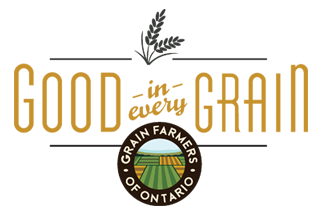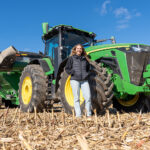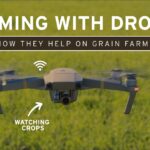How educators are using Window Farm Kits in their classrooms
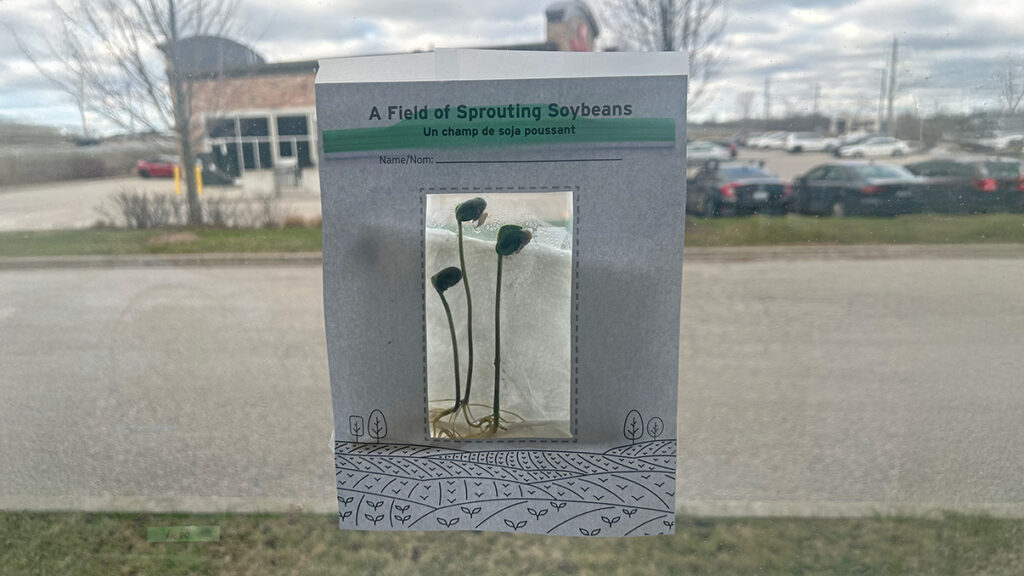
Time to read: 2.5 minutes
We’ve shipped Window Farm kits to more than 15,000 students across the province. Educators have been telling us how the kits are working in their classrooms and what they like about the resource.
Many educators have thanked us for the Window Farm lesson plan found on our blog, which provides teaching content about soybeans and germination, videos, images and even vocabulary.
Our hope is that sharing their plans (and even one teacher’s GoogleSlide presentation) will inspire you!
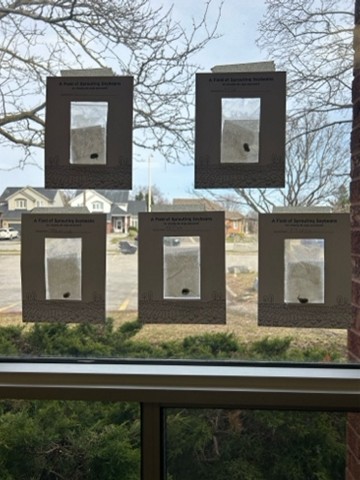
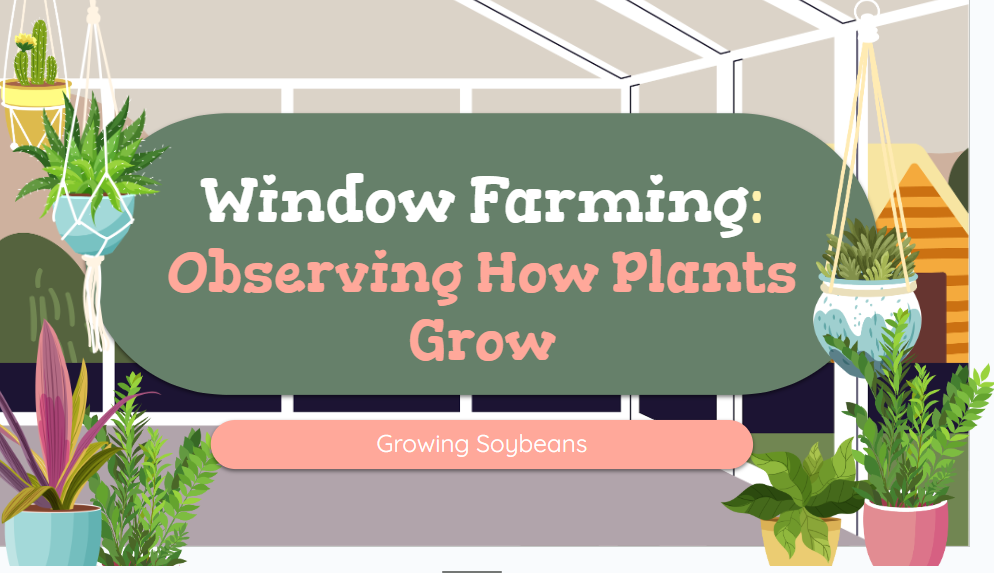

Here’s what we’ve learned:
The Window Farm lesson plan is most suitable for grades 2 and 3 and, as it turns out, other grades as resourceful teachers find ways to apply it. We heard from teachers of kindergarten to grade 8 and we’re sharing their ideas.
In kindergarten, the lesson plan was found to be a “great opening activity to gear up for Earth Month” and its connection to the United Nations Sustainable Development Goals and “how we can take care of the Earth.” It would also be a resource that fit perfectly with their measurement unit.
At the other end of the reporting grade levels, a grade 8 teacher told us their class is “looking at scientific writing and creating procedures for planting. The Grade 8 students will be looking at independent and dependent variables by changing one variable for their plant to compare growth rates.”
It’s fantastic that this resource is useful for such a broad range of grades!
A grade 2 teacher responded that they “talk about the changes in human development thru the stages so I thought it would be neat to make the connections to other growing things. This will also provide a foundation for grade 3 science.” We have to admit that we’ve never thought of making that connection. (You may see it in a future lesson plan. Thank you, grade 2 educator!)
Grade 3 was the level we heard from the most. Teachers told us the Window Farm lesson plan connects very well to the grade 3 science curriculum, Growth and Changes in Plants. In addition to using the kit to observe plant grow and reflect on changes and what plants need to grow, educators said they will also use the kit to:
- create a slideshow lesson explaining window growing and the lifecycle of a soybean, as well as its uses;
- plant seeds in different types of soil to journal how each grows;
- preface a unit on the growth of plants and animals; and
- connect it to the story of the Three Sisters, Indigenous studies embedded in grade 3 social studies.
Some teachers reported their intention to use books—fiction and non-fiction—along with the kits. Two books mentioned were Jayden’s Impossible Garden and
My Family’s Soybean Farm. (Links and descriptions below)
Books
Jayden’s Impossible Garden. Jayden and a new friend bring nature to the city in this timeless story about a community garden. Jayden lives in a big city, but sees nature everywhere, although others do not. With the help of his friend Mr. Curtis, Jayden plants the seeds of a community garden and brings his neighbors together.
- Indigo
- Amazon
- YouTube (There are several options for this read aloud. If the linked version doesn’t suit, you have other choices!)
My Family’s Soybean Farm. Life on a soybean farm is busy, with jobs to be done. This picture book describes the life cycle of a soybean plant, its life as a crop getting to market, and how the crop becomes the many products we use every day.
- Indigo
- Amazon
- YouTube (There are several options for this read aloud. If the linked version doesn’t suit, you have other choices!)
We are always thrilled to receive feedback from teachers about how well our resources meet their needs and how they are adapting and applying them. It helps us know whether we are on the right track and informs ideas and decisions for developing new material.
Thank you to everyone who replied!
Did you hear? The team at Good in Every Grain is hosting a contest this spring for your chance to win a $100 Amazon gift card!
Help us create a celebratory year-end newsletter with pictures from your classroom that shows how our seed kits and materials are being used to teach about plant growth, farming, soil, and food literacy!
Please send any photos of your plants, projects or classroom activity with a description to our Google form here. We will enter all classes that submit photos into a draw for a $100 Amazon gift card! Photo submissions due by June 15, 2025.
